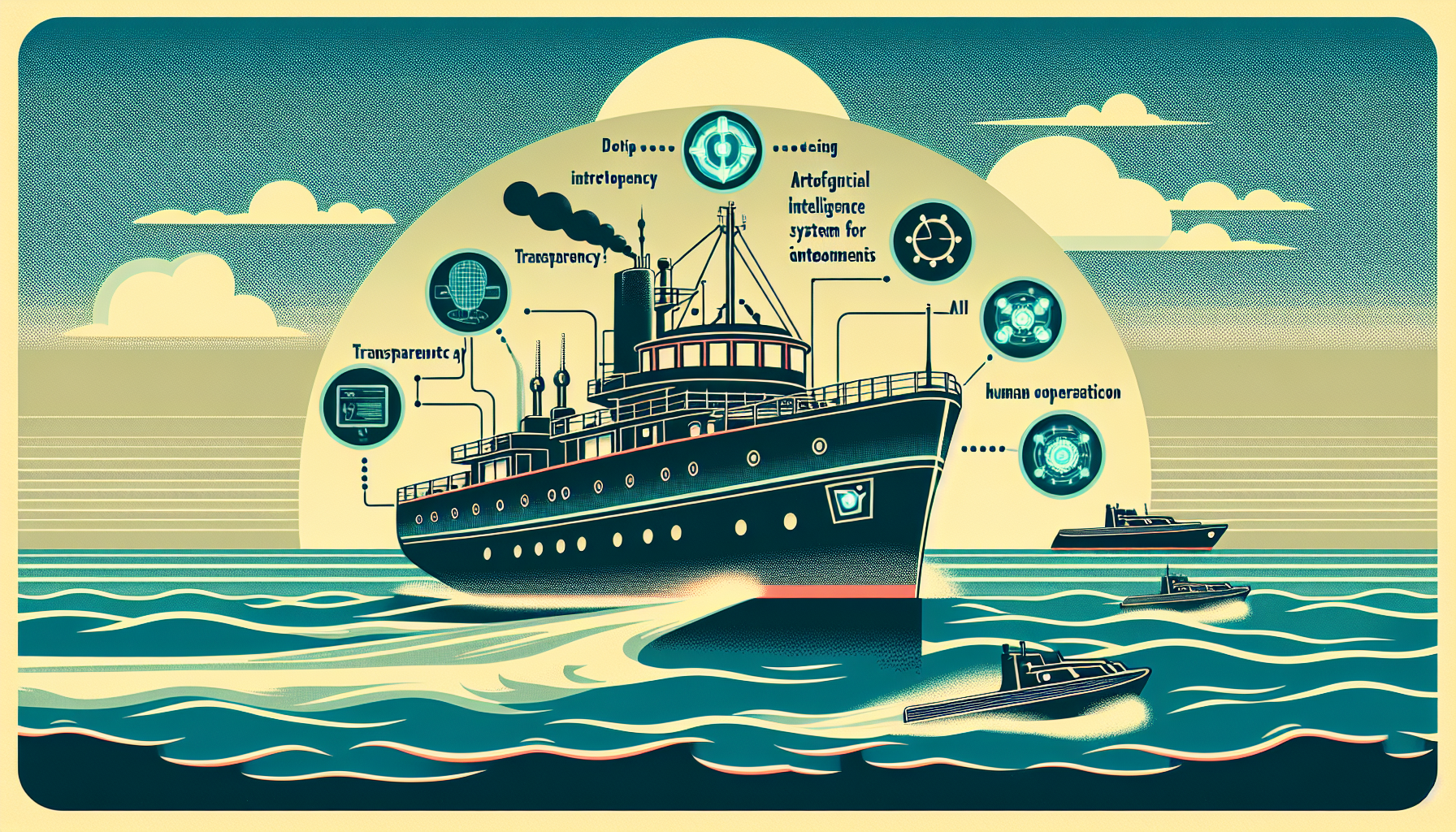In a significant step forward for maritime safety, researchers at Osaka Metropolitan University’s Graduate School of Engineering have developed an artificial intelligence (AI) system that brings new clarity and reliability to autonomous ship navigation. This technology is designed to help ships avoid collisions—one of the greatest dangers at sea—while also explaining its actions to human operators. By making its reasoning transparent, the AI aims to increase safety, build trust, and bring us closer to a future where ships can operate with minimal human intervention.
Key Features and Innovations
Quantifying the Risk
The AI system does more than just steer ships away from danger; it constantly measures the risk of collision with every nearby vessel. Using real-time calculations, the system assigns a numerical value to each risk. This gives a clear and objective basis for every decision the AI makes, allowing both the machine and the human crew to see which threats are most urgent at any moment.
Clear and Honest Explanations
One of the greatest challenges in AI technology has been the “black box” problem—computers making decisions that even experts can’t fully explain. The researchers at Osaka have addressed this by using what’s known as explainable AI (or XAI). Each time the system makes a choice, it provides simple, understandable reasons. Operators can see not only what the ship is doing but also why it’s doing it, making the technology more trustworthy and transparent.
Understanding Influence with the Attention Mechanism
To further clarify its decisions, the AI includes an attention mechanism. This feature shows exactly how much each nearby ship affects the AI’s choices. Operators can quickly identify which vessels have the most influence on the AI’s navigation plan, helping them better grasp the situation and potentially intervene when needed.
Real-Time Action and Visual Feedback
Speed and simplicity are cornerstones of this new system. The AI processes data and provides visual feedback on risks and intentions in real time, all while using minimal computing power. This means the information is always current, and the crew can react immediately if something unexpected happens. The ease of visualization ensures that seafarers remain closely connected to the decisions of the autonomous system.
Why This Matters
The world’s major sea routes are becoming more crowded each year, increasing the risk of collision. Accidents at sea can have tragic consequences, as history has shown us with disasters like the Titanic. By making the processes behind collision avoidance clear and understandable, this AI drastically lowers the chance of human error—a leading cause of maritime accidents. The blend of advanced technology and human oversight creates a safer bridge between tradition and innovation.
Professor Hirotada Hashimoto, a leading voice in the project, points out that explainability is essential for lasting trust. For sailors to feel comfortable working alongside autonomous ships, they must understand how and why AI systems make their decisions. This connection is vital as we move toward fully unmanned ships, promising improvements in safety, efficiency, and crew wellbeing.
Looking Ahead
The details of this breakthrough have been published in Applied Ocean Research, backed by major scientific research organizations in Japan. As more research is carried out, and as confidence in explainable AI grows, the maritime world may witness a transformation. Ships that can safely navigate themselves and clearly communicate their decisions will redefine our expectations of what is possible at sea.
This explainable AI model stands as a landmark in creating a future where human and machine work together in trust and transparency, ensuring that our oceans remain safer for everyone who travels upon them.

Leave a Reply